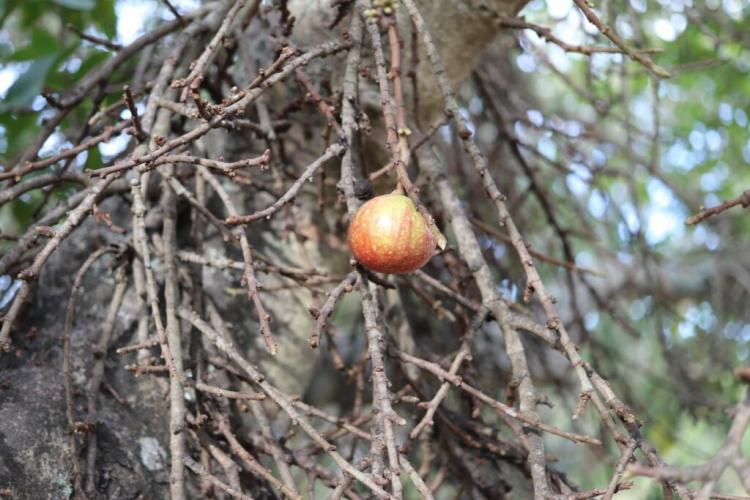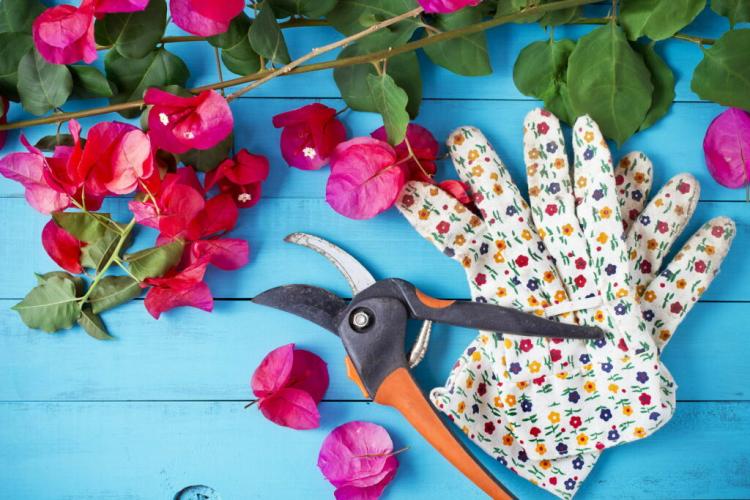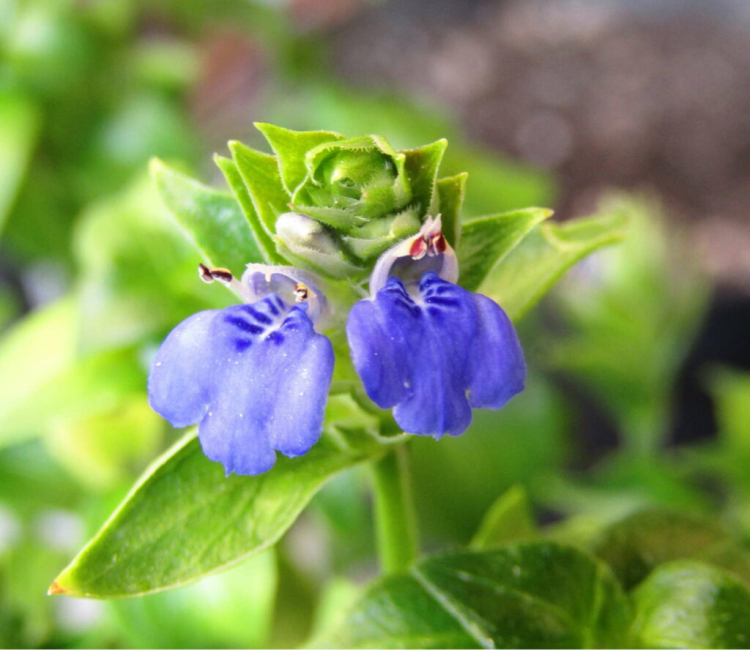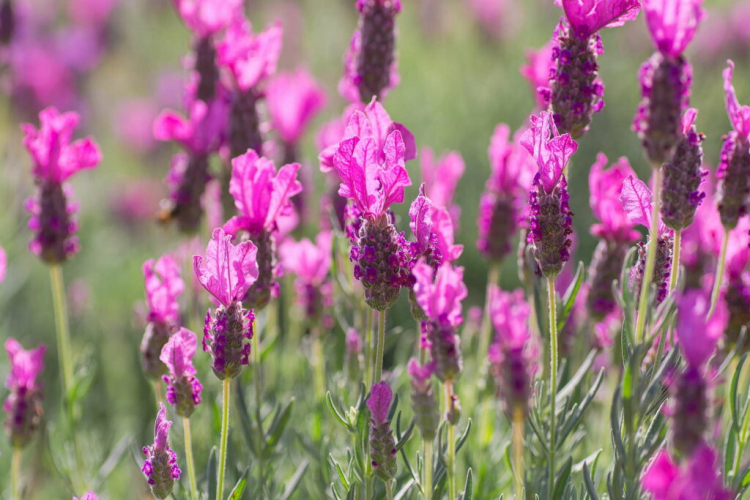Pond Plants: Buying, Different Types And Care
Pond plants make a garden pond a real eye-catcher. Here you can find out what you should consider when buying, the types and the care.
A beautiful pond is often the heart of the perfect garden. For many a hobby gardener, however, it quickly turns into a nightmare. In a few simple steps, we will show you how you can prevent this and what you should consider when buying, specifying, and caring for pond plants.
Pond plant species: an overview
Table of Contents
The most important point when planting a pond is – as is so often the case – the right planning. When planning, make sure that your pond has at least an area of 7 m2. This makes it much easier to maintain the biological balance. It is also important to ensure that you also plan the division into planting zones properly, as different plants have individual requirements for the respective water level. In the following four sub-chapters, we will go into more detail on these special requirements.
Pond plants for the shore zone
All plants that like moisture, but cannot withstand waterlogging and constant contact with water, are at home in the shore zone. Above all, you should use plants with a high nutrient requirement here, as this is where they thrive best. The most beautiful plants that are suitable for the border of the pond include irises ( Iris ), cuckoo’s light carnations (Silene flos-cuculi ), orchids ( Dactylorhiza fuchsii ), and marsh zest ( Stachys palustris ). These species are hardy and relatively undemanding in their care and fertilization.
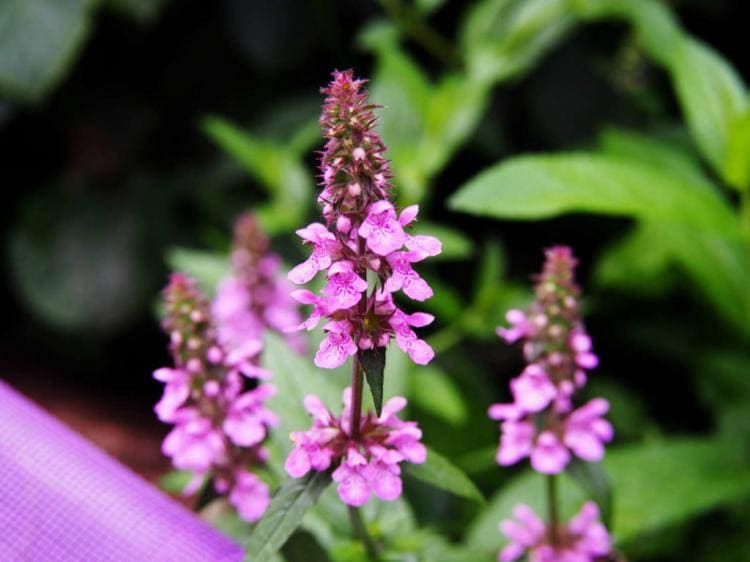
Pond plants for the swamp and shallow water zone
The swamp zone is usually on the edge of the pond and is between 0 and 10 cm deep. It flows smoothly into the somewhat deeper shallow water zone, which reaches a water depth of up to 30 cm. The two zones offer space for numerous plants and animals, which – depending on their size – feel comfortable in a water depth of 10 to 30 cm. These plants have an important filter function that prevents algae from spreading too much. To integrate these two zones into the garden pond, you must delimit the areas from the deeper water zone. Marsh marigolds (Calla palustris ) are particularly suitable for planting.
Pond plants for the water zone
The water zone covers a depth of 40 to 100 cm and mainly contains water lilies ( Nymphaea ), water hyacinths ( Eichhornia ), or lotus ( Nelumbo ), as only plants with very long stems make it to the surface. Because of their beauty and vigor, these are an enrichment for every pond.
Pond plants for the deep zone
The deep zone of a pond, which begins at 100 cm, is populated by underwater or floating plants, which have the important property of bringing oxygen into the pond. They include horn leaf ( Ceratophyllum ), pine fronds ( Hippuris Vulgaris ), water crowfoot ( Ranunculus aquatilis ), and water lettuce ( Pistia stratiotes ).

Buy pond plants
When buying pond plants, you should pay particular attention to the time of year, as it is best to repot and use them as soon as you receive them. As explained in more detail in the following chapter “Using pond plants”, late spring is suitable here.
It is best to use your local nursery if they offer aquatic plants, as you can check the quality of the plants there directly. Pay attention to the roots and the condition of the leaves. These should look fresh and show no signs of disease or pests. If you are not sure whether one of your plants is infected by pests or diseases after purchasing it, do not use them under any circumstances. If in doubt, it is better to wait to see whether the signs become clearer.
If there is no dealer in your area, the online shops Naturagart and Teichpflanze-Teichbau are highly recommended. Quality and price, as well as delivery and service, are good and reliable here.
Inserting pond plants: instructions and season
The ideal time of year to start creating or planting is late spring. Outside temperatures of 15 ° C and more prevent damage to the pond liner, which can become brittle at low temperatures if the pond is not filled. Pond Plants that are not hardy – such as the tropical lotus ( Nelumbo ) and species of the marsh hibiscus ( Hibiscus ) – can now also be planted without hesitation. Ideally, plant baskets are used for this, which are filled with pond soil. This soil has a high clay content and few nutrients, which prevents algae infestation. Once you’ve planted the plants, put a thin layer of gravel on top of the pond soil to prevent upwelling.
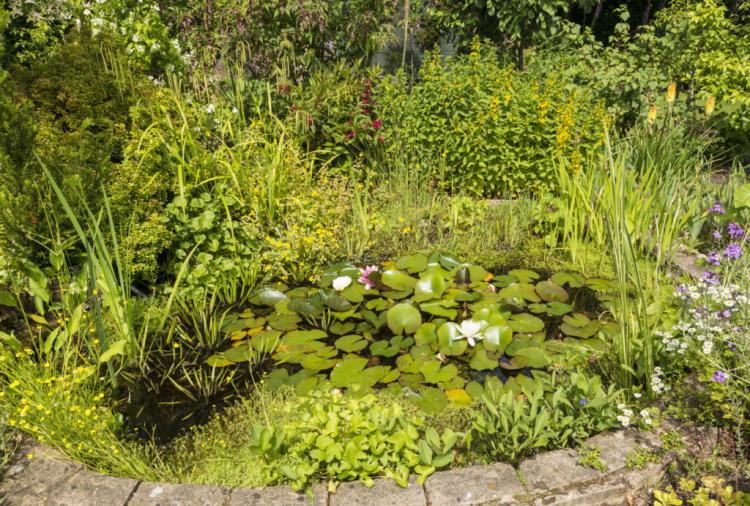
Before the pond is filled, put the plants in their respective positions. If your pond is already full or you want to bring new plants into the pond, we will give you two options below. If you have a thirst for adventure, it is advisable to invest in a good pair of rubber boots or fishing trousers. Alternatively, use a long pole with a hook on the end. Since plant baskets for pond plants are perforated, the hook should have approximately the same dimensions. Simply run the hoe through one of the holes and test the planting on land beforehand. With a little practice, you can place all of your plants in the designated locations with ease.
Cut and care for pond plants
In the case of prolonged hot spells in summer, it is particularly important to add water to the pond. Rainwater from the cistern or tap water is best suited for this, as it has a cooling and ventilating function. Do not forget to pay attention to the bank and edge zones, because these plants also have an increased need for water in summer.
If there is strong plant growth, simply cut back the respective plants generously and carefully remove the dead parts from the pond. If too much dead plant material remains in the pond, sludge will form from the rotting parts of the plant. Ultimately, this leads to the pond becoming cloudy and increased algae formation.
Hibernate pond plants
If the temperature drops below 12 ° C, you should stop feeding the fish slowly and remove the non-winter-hardy plants from the pond. To overwinter this frost-free simply cut back the plants. Be sure to remove any dead material to prevent disease. Store the plants in a tub or tub as they need their usual humidity. The winter should take place in a cool, lighted place, temperatures below 12 ° C are recommended.
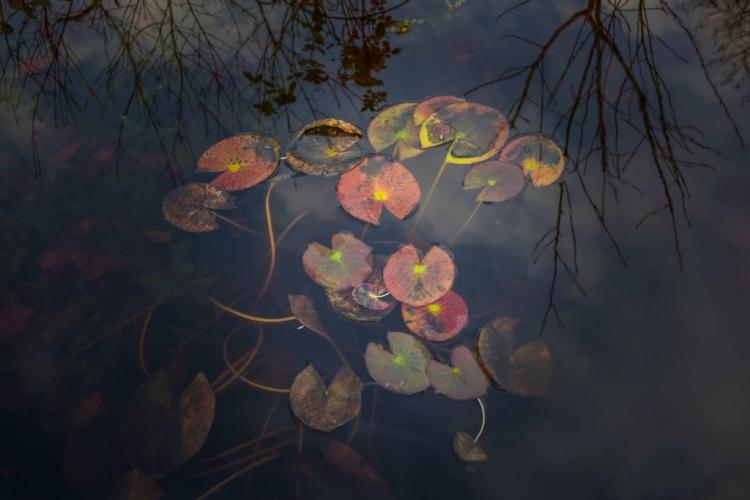
Before the onset of winter, you should also skim off leaves and other organic material from the pond surface and remove them. Then cut reeds, cattails, and other tall plants just above the waterline and remove this organic waste from the pond as well. This is important to ensure the subsequent gas exchange when the ice surface is closed and to prevent the pond from becoming silted up. In any case, you should prevent the pond from completely freezing over, otherwise, fermentation gases can form under the surface.
Summary: Planting, maintaining, and hibernating pond plants
Finally, here is a small checklist to help you get started with pond maintenance:
- Insertion of new plants from 15 ° C outside temperature
- Use only healthy seedlings
- Regular pruning of vigorous plants
- Dispose of dead organic material from the pond
- Add fresh water in summer
- Do not take hardy plants out of the pond at low temperatures
- Keep the pond free of ice in winter
You might so like:



